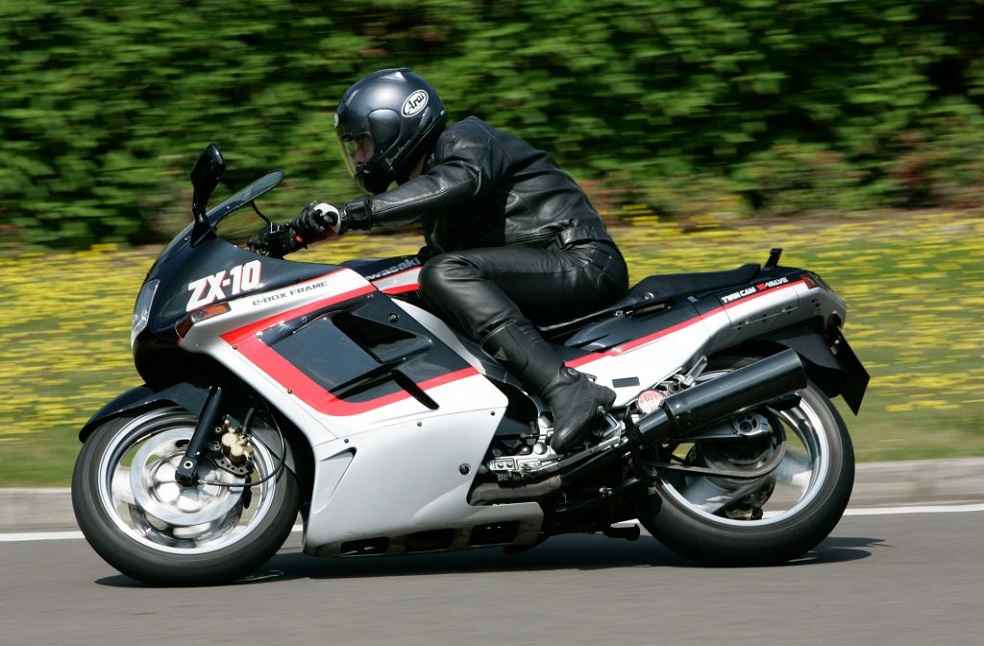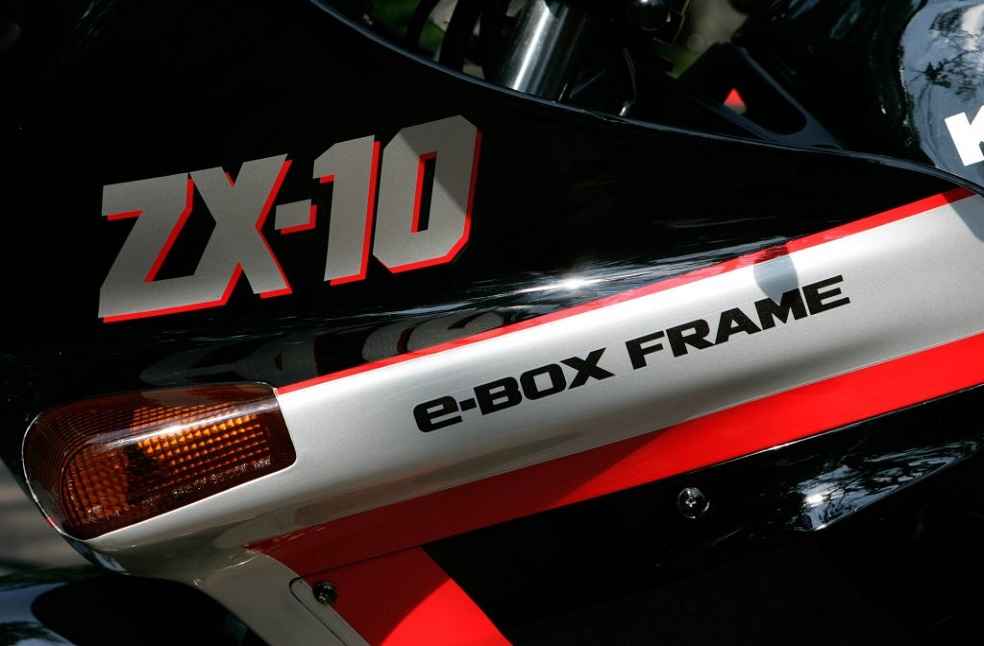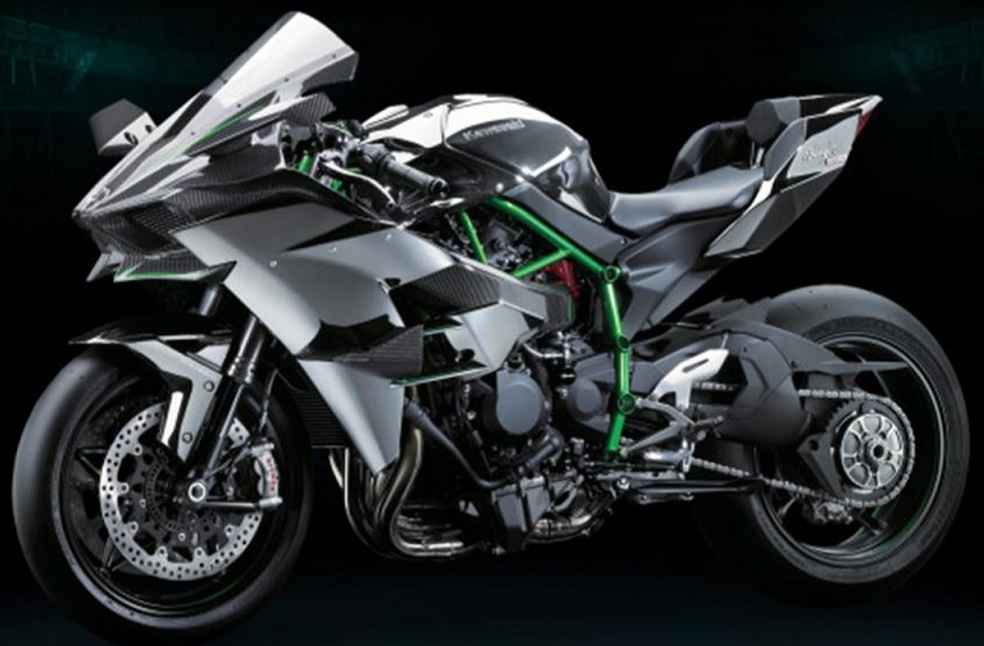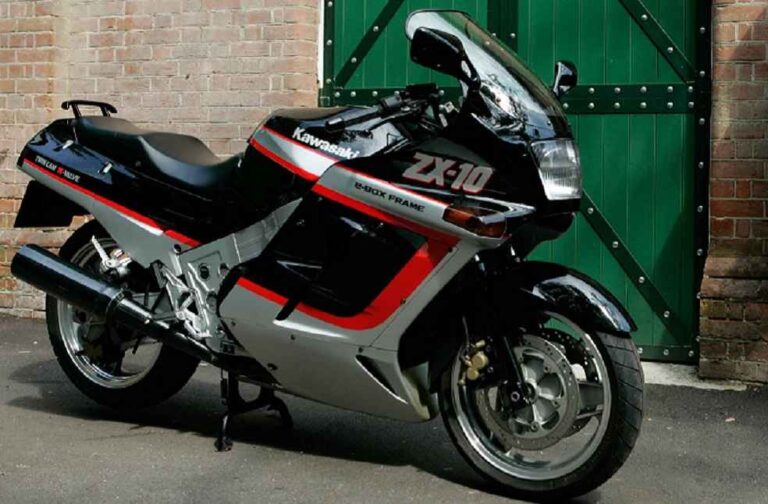Launched in 1988, the Kawasaki ZX-10 was more than just a motorcycle; it was a symbol of redemption for the company, following the highly publicized failure of the GPZ1000RX. Billed as the fastest and most powerful superbike ever built by Kawasaki, the ZX-10 expertly blended the sporty performance of a superbike with the comfort of a tourer.
Two years earlier, Kawasaki’s launch of the heavier and less maneuverable GPZ1000RX at Austria’s Salzburgring had turned out to be a spectacular misstep. This time around, they were careful not to repeat the same mistake with the ZX-10 launch, shying away from making direct comparisons with older models.

Equipped with a robust 997cc, liquid-cooled DOHC four engine, the ZX-10 had an electrifying punch. It could reach a peak power of 137bhp at 10,000rpm, and despite weighing a solid 238kg without fluids, it boasted an impressive top speed of 165mph. Remarkably affordable for such a unique blend of speed and comfort, the ZX-10 offers an unforgettable ride without breaking the bank.
One of the defining features of the ZX-10 was Kawasaki’s inaugural twin-spar aluminium frame. Affectionately known as the ‘e-box’ due to its egg-shaped top view, this pioneering frame design offered stiffness and lightness, a significant improvement over the steel and aluminium concoction of the RX. The replacement of the RX’s 16-inch wheels with 17in front and 18in rear wheels further reduced the ZX-10’s weight, making it 16kg lighter than its predecessor.

Despite its formidable performance credentials, the ZX-10 was predominantly a road bike, comfortable and capable in long-distance rides rather than a racetrack warrior. Its high-speed capability, generous seating space, supportive dual seat, and exceptional wind protection made it perfect for casual weekend trips or long-haul journeys. With its impressive weight, it felt more like a refined roadster than an aggressive superbike, making it an intriguing dichotomy on two wheels.
Kawasaki had learnt from the GPZ1000RX disaster, and the launch of the ZX-10 restored the firm’s reputation, kickstarting a lineage of models bearing the ZX name, each endowed with a powerful four-cylinder engine, robust aluminium frame, and notable sports-touring ability.

The ZX-10 did have its quirks, though. For instance, a noticeable flat spot in the lower revs could lead to a less-than-smooth progress at lower speeds, and overtaking required a downshift. However, once the revs picked up, the power delivery was impressively smooth, and the six-speed gearbox switched gears without a hitch.
At full throttle, with all restrictions off, the ZX-10 was clocked at a record-breaking 168mph in an American magazine test, earning it the title of the world’s fastest production bike back then.

Even today, over three decades later, the ZX-10 has not lost its charm. It commands attention with its vintage appeal, potent performance, and enduring comfort. For enthusiasts who value a slice of history with their ride, a well-preserved model of this classic bike ranges from £2000 to £4000, representing an attractive blend of retro allure and dynamic performance.
In retrospect, the 1988 Kawasaki ZX-10 was more than just another superbike. It signified a pivotal shift in Kawasaki’s motorcycle design philosophy, seamlessly blending speed and comfort. It serves as a timeless reminder that the heart of true power in motorbiking lies in the balance between thrilling performance and everyday practicality.
KNOWLEDGE: EV Battery Life and Longevity: Unveiling the Truth Behind the Myths





